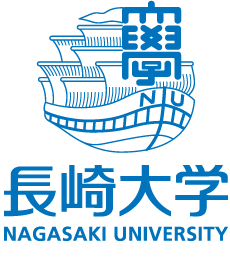
Nagasaki University
Green Education Ranking
#898
About Nagasaki University
Nagasaki University boasts a rich heritage dating back to November 12th, 1857, when Igaku Denshusho, Japan's oldest medical school, was established by Dutch naval surgeon Dr. Pompe. Despite the complete destruction of Nagasaki Medical College Igaku Denshusho by the atomic bomb on August 9th, 1945, the institution remarkably rose from the ashes, evolving into a prominent university. Today, Nagasaki University stands as a pivotal educational institution, comprising eight faculties encompassing Education, Economics, Medicine, Dentistry, Pharmaceutical Sciences, Engineering, Environmental Studies, and Fisheries. Alongside these faculties, the university hosts affiliated hospitals, libraries, and the esteemed Institute of Tropical Medicine. With a commitment to global education, Nagasaki University welcomes approximately 9,000 students, including a diverse cohort of some 300 international students hailing from Asia, Africa, and various regions worldwide.
About World Green University Ranking
World
Green University Ranking 2024 is a
scholarly acknowledgment of educational
institutions standing at the forefront of
Education for Sustainable Development (ESD) and
leading the Green Education Transformation
(Education 6.0).
World Green University Ranking classifies
universities based on the six pillars of the
Holistic Green Education Framework, including
leadership governance, curriculum, innovation,
facilities, human capital, and community
partnerships.
The methodology employed in our Green Education Ranking is designed relying on the six pillars of the Holistic Green Education Framework. Each pillar contributes to the institution’s overall score, with a carefully assigned weight reflecting its significance in fostering sustainability. The total weight of the six pillars collectively amounts to 100%, signifying a balanced evaluation across critical dimensions of Green Education. Within each pillar, various standards are carefully assessed, with weights ranging between 1 and 2, emphasizing the varying importance of each criterion. This nuanced approach ensures a holistic evaluation and offers an insightful measure of universities commitment to Green Education Transformation (Education 6.0).
| # | Six Pillars of Green Education Framework (6Gs). | Weight |
|---|---|---|
| 1 | Green Educational Leadership | 14% |
| 2 | Green Curriculum | 17% |
| 3 | Green Innovation and Research | 19% |
| 4 | Green Facilities | 15% |
| 5 | Green Human Capital | 19% |
| 6 | Green Communities | 16% |
| Total | 100% |

